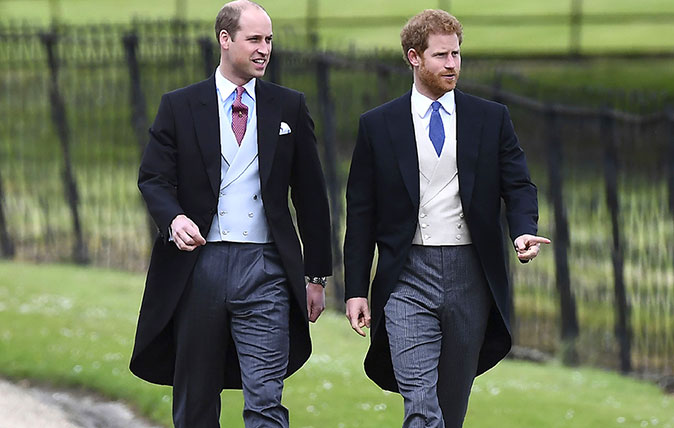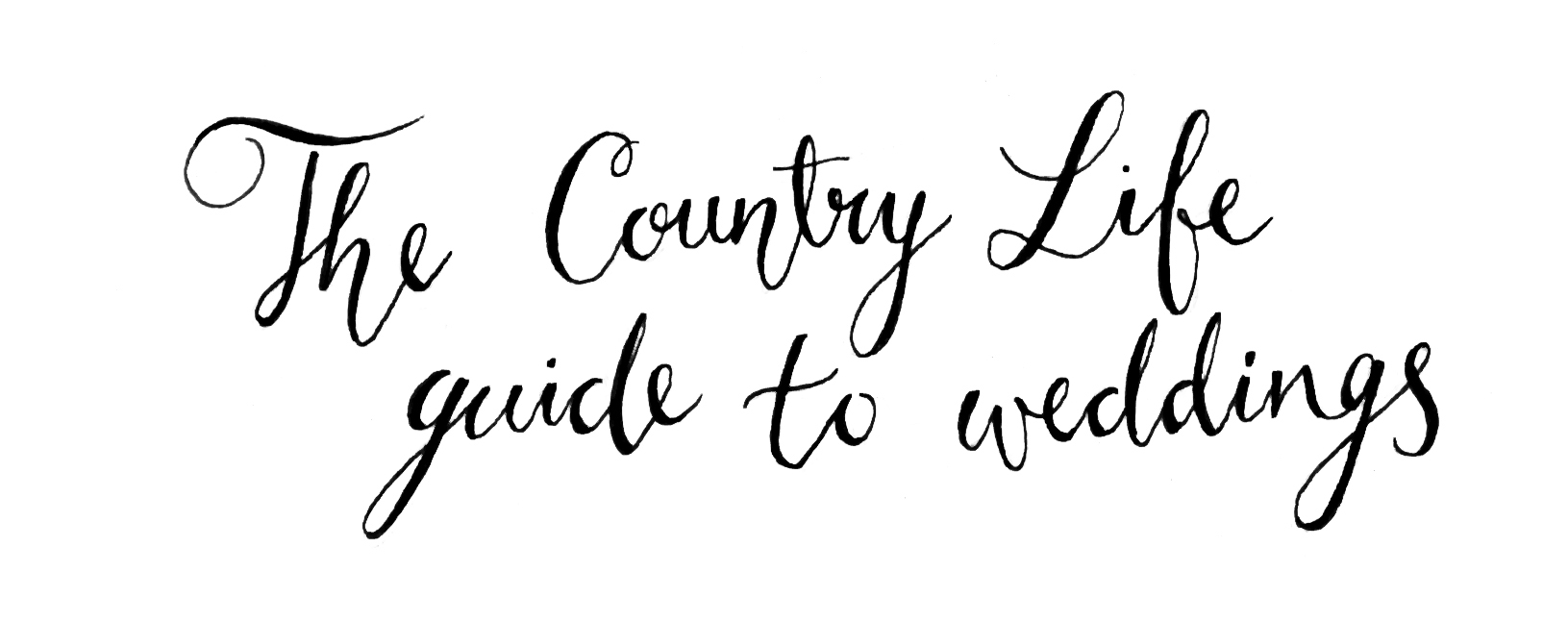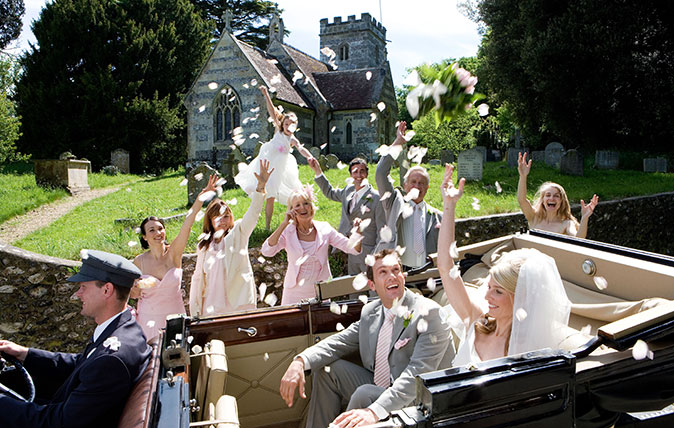Why morning dress is flattering, tasteful and essential for weddings
Whether you splash out or keep it simple, one thing you shouldn't compromise on is your wedding clothes – and morning dress is best, says Jonathan Self.


I was raised by my grandmother to believe that there are appropriate clothes for each part of the day and for every type of event. If one wore the wrong clothes, it was a sign of ignorance, mental illness or rebellion and, in social situations, also an insult to one’s guests or hosts.
To offer a single example, if one was invited to a traditional Himba wedding ceremony in Namibia, where, as part of the preparations, the women strip more or less naked and perform ondjongo – settle down, it’s a special dance – and the daytime temperature is often 40˚C, one would still wear one’s morning dress, complete with gloves and top hat.
The wonderful thing about morning dress is that, whether you’re tall or short, thin or stout, it’s incredibly flattering. This is largely thanks to the unique shape of the morning or dress coat, which is waist-length in the front and sides, but curves away gradually to form a knee-length, or below-the knee-length, tail with a single vent (although there are many variations, including the delightfully named weaselbelly).

Read all Country Life's wedding advice from our special coverage – including tips on picking bridesmaids, planning a country wedding, and why keeping it simple is often the best policy.fe weddings
It should be worn, incidentally, with a waistcoat, a limited range of trouser options (grey, black, striped or, if one fancies oneself as something of a Beau Brummell, houndstooth) and braces. Belts with morning dress spell sartorial death.
Such a costume is not only elegant, but gives the wearer an air of authority. It’s no coincidence that morning dress used frequently to be worn as a matter of course by really powerful men, such as kings, dictators, conductors, military commanders and head waiters.
"Remember what Oscar Wilde said: ‘You can never be overdressed or overeducated.’"
Its history, incidentally, can be traced back to 18th-century riding coats and it has been de rigueur at British weddings for more than 200 years.
Exquisite houses, the beauty of Nature, and how to get the most from your life, straight to your inbox.
Debrett’s, the recognised authority on etiquette since 1769, is blunt on the subject: ‘Morning dress is traditional dress for British weddings.’ However, its authors do recognise that, in certain (regrettable) circumstances, this is unrealistic: ‘A middle ground may be for the principal wedding party to wear morning dress and for the guests to wear lounge suits.’

The secret to a good wedding? More sincerity, less triviality
The secret of the classic country wedding is quality over quantity, says Giles Kime

Credit: Alamy
Wedding myths debunked, and mysteries explained
Weddings are as chock full of myth and superstition as they are canapés and crazy relatives.
What if the principal wedding party goes, as it were, fashion feral? For example, what if, as happened to me on one occasion, the marriage is to take place in a tepee in the grounds of the bride’s family home and the principal wedding party intend to wear clothes that look as if they have been gathered together from dressing-up boxes and charity shops?
On such an occasion, my advice is to hold firm to one’s principles and remember what Oscar Wilde said: ‘You can never be overdressed or overeducated.’
Jonathan Self
Country Life is unlike any other magazine: the only glossy weekly on the newsstand and the only magazine that has been guest-edited by His Majesty The King not once, but twice. It is a celebration of modern rural life and all its diverse joys and pleasures — that was first published in Queen Victoria's Diamond Jubilee year. Our eclectic mixture of witty and informative content — from the most up-to-date property news and commentary and a coveted glimpse inside some of the UK's best houses and gardens, to gardening, the arts and interior design, written by experts in their field — still cannot be found in print or online, anywhere else.
